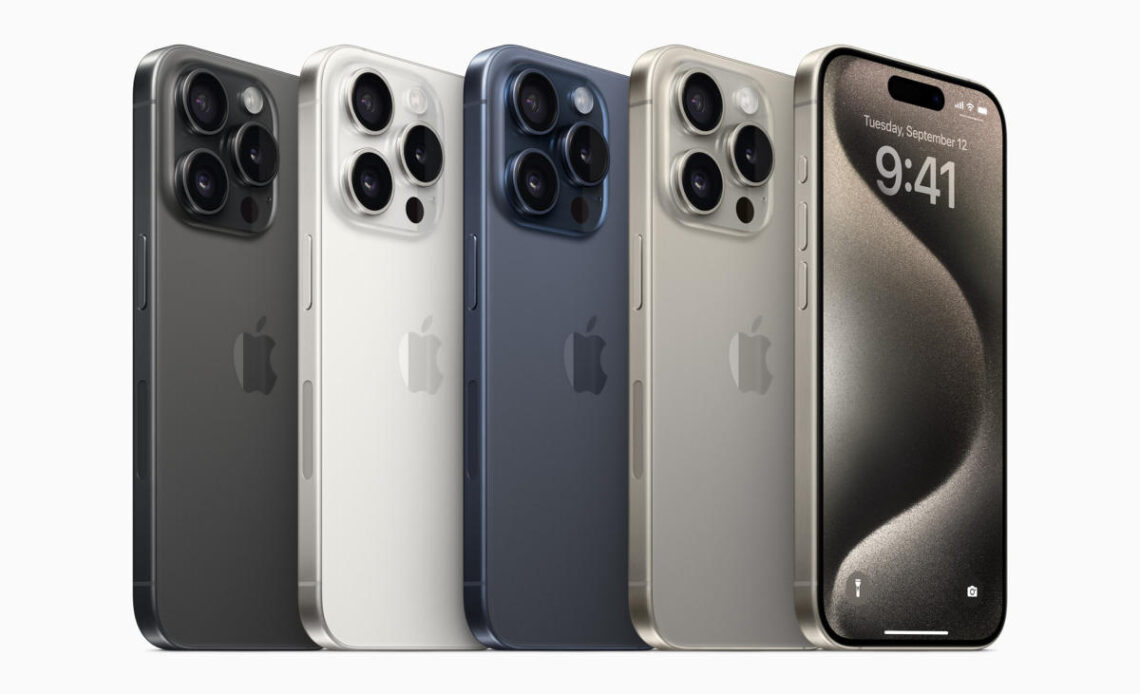, a company that talks a big game about sustainability but would love for you to buy a new iPhone every year, is expanding its self-repair program. Consumers and repair shops will soon be able to employ genuine used Apple parts to fix devices rather than having to order brand-new components. The company that used parts “will now benefit from the full functionality and security afforded by the original factory calibration, just like new genuine Apple parts.”
The initiative will start this fall with and newer models, according to . So if your iPhone has a busted screen and you have one of the same model with a display that’s intact, you’ll be able to switch in the panel and it should work. As things stand, if you swap in a used screen from another iPhone, certain features, such as True Tone or , may not work. The upgraded self-repair program should resolve that.
The program will also cover parts like batteries, cameras and (eventually) . In addition, consumers and repair shops won’t have to provide Apple with a device serial number when ordering most parts from the Self Service Repair Store — they’ll still need to do so for a logic board replacement.
Users are already able to see whether their iPhone has been repaired and, if so, which parts have been replaced. Starting this fall, those who access the Parts and Service History section of their iPhone settings will be able to see if a replacement part is new or a genuine used one from another iPhone.
Apple will use a “parts pairing” process directly on the phone to detect whether a replacement component is genuine. It says that’s necessary to maintain the “privacy, security, and safety of iPhone.”
To that end, Apple will be employing its to try and dissuade the use of parts from stolen iPhones for repairs. If a device that’s being fixed detects that a replacement part was taken from one where Activation Lock or Lost Mode was enabled, Apple will restrict calibration for that part, so it may not work properly.
On one hand, this shift could make it easier for folks to repair a busted iPhone (or eventually another Apple product) if they have a spare with the necessary parts on hand. Repair shops often have bits and bobs culled from many different units that they’ll be able to use. That said, this could be seen as Apple attempting to exert more control over the repair process by employing pairing and potentially edging out third-party aftermarket parts.
The company’s senior vice president of hardware engineering…

